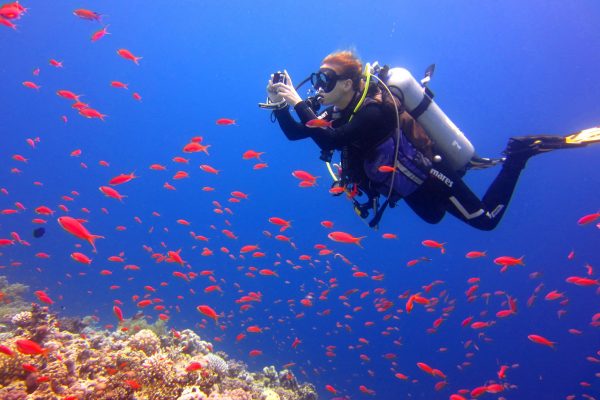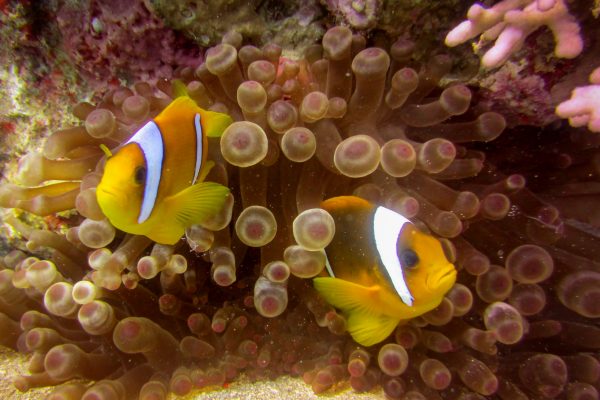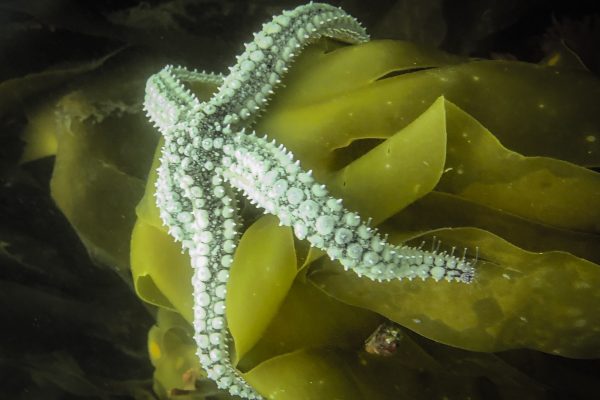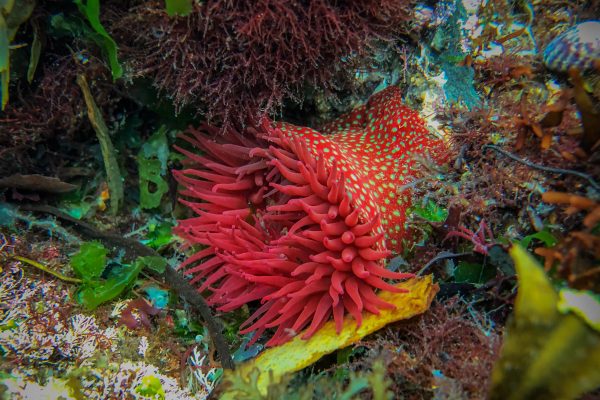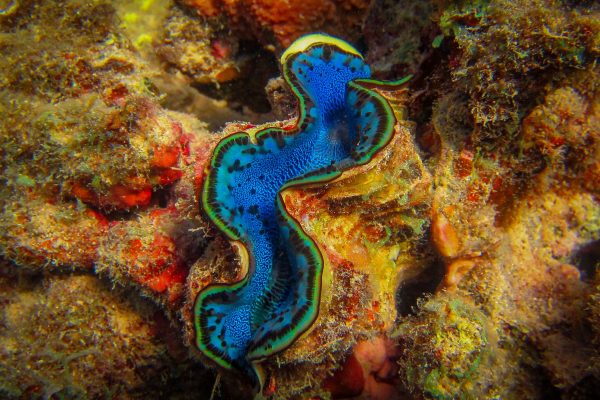It’s no secret that our oceans face some daunting problems, from overfishing to climate change to plastic pollution. Media coverage and documentaries have highlighted growing concerns and the need for EVERYONE to step up and support efforts before it’s too late.
Urgent action is required by everyone to keep our oceans healthy and to ensure we can all enjoy their natural beauty.
Here are 10 ways in which you can take action and show your love for the ocean when visiting the coast.
1. Avoid single-use plastics
Plastic is one of the worst issues facing the oceans today. It’s estimated that 12.7 million tonnes of plastic waste is dumped into our oceans each year! This is a frightening amount of waste that causes significant harm to our marine life and also to humans, when microplastics are ingested by fish, which may then get served up on our plates.
While plastics can generally be recycled, it’s much better to avoid producing excess in the first place. Why not start doing your part by grabbing a reusable water bottle? Kenya has already banned single use plastic bags since 2017 and single use plastics in all national parks (including marine parks) since 2019. These are great steps forward. However, we should make it a rule not to eliminate these harmful products completely from our lives and replace them with sustainable alternatives. Consider avoiding things such as disposable plastic straws, cutlery or tableware wherever possible.
COVID-19 disposable face masks are now also causing major havoc; invest in a washable, reusable mask wherever possible.

Image by iStock (Lindsay_Imagary). Plastic bags do an immense amount of damage in our oceans; they’re banned in Kenya and several other African countries.

Image by Ayaan Chitty. A reusable water bottle is more sustainable than ‘disposable’ plastic.

Image by willyambradberry on 123rf.com. Discarded plastics are consumed by our precious wildlife.
2. Use a reef-safe sunscreen
Many sunscreens use the UV-blocking chemicals oxybenzone or octinoxate, which have been linked to harmful coral bleaching. These chemicals also encourage viruses to thrive, putting coral at risk of infection or death
When buying sunscreen try to find options without such chemicals. Mineral based sunscreen with zinc oxide and titanium dioxide are less harmful to corals. You should also look for water-resistant and biodegradable options to reduce the amount of sunscreen that gets left in the ocean.
Manufacturers will often label products as “reef-safe”, “ocean respect” or something similar to indicate the product is not harmful to the ocean environment. If it’s not clear, check the ingredients to be sure.

Image by Ayaan Chitty. ‘Ocean Respect’ or ‘Reef Safe’ sunscreen is less damaging to our oceans.
3. Collect trash and be responsible with your own
Mombasa alone produces over 3,000 tonnes of waste each day, with less than half of that being collected. This is a major problem for the environment, which is being tackled by some forward-thinking organisations. But we all need to play our part.
Wherever you can, dispose of waste responsibly and keep the environment clean. Recycling is becoming more available, so always recycle in accordance with local guidelines wherever possible.
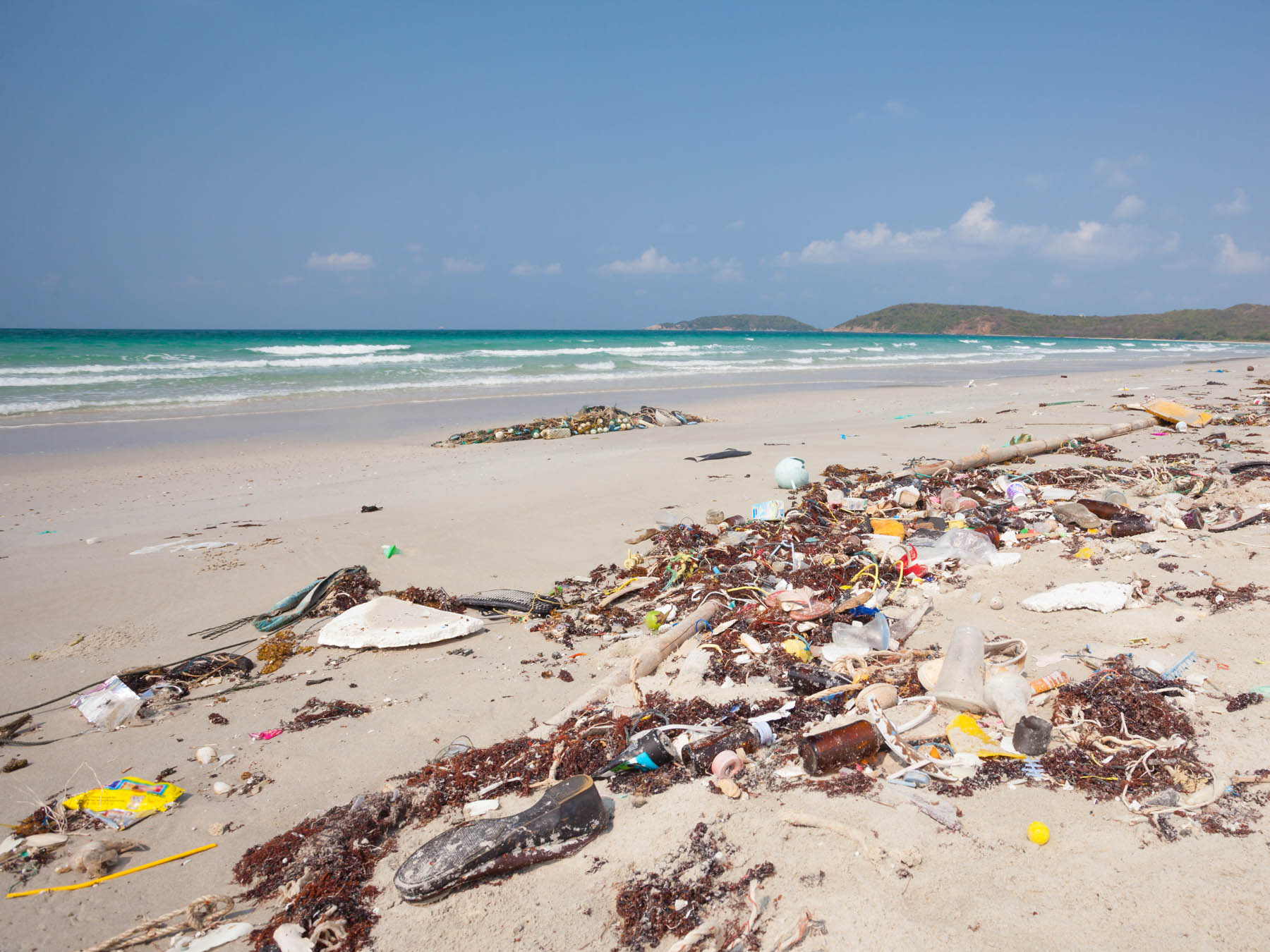
Image by witthaya on 123rf.com. Trash on our beaches will end up in the ocean and affecting the whole ecosystem.

Image by diy13 on 123rf.com. We all have a part to play in the responsible disposal/recycling of waste products.
4. Look but don’t touch
As a scuba diving instructor, I always teach students to look with their eyes, not their hands; to take photos and leave nothing but bubbles. Sadly, not everyone follows these mottos. When enjoying time at the coast, you should avoid touching or breaking corals, harassing marine animals, taking souvenirs (dead or alive) or removing creatures from their habitat to improve your photo opportunities.
Starfish are a very common victim along the Kenyan coast. You may be surprised to know that starfish must be in contact with sea water to properly breathe. So in effect, removing them from their environment is the equivalent to putting your head in a plastic bag… how would you like that? More often than not the whole experience is extremely stressful, so even if removing the starfish doesn’t kill it, it will still endure unnecessary stress.
Other creatures such as sea cucumbers, urchins, pufferfish etc., should also be left alone. Apart from the fact that they may be harmful to humans if handled incorrectly, chemicals from sunscreen, insect repellent, and beauty products can also upset the natural balance, causing disease and infections. Pufferfish in particular inflate themselves as a defence mechanism. While this is effective in warding off its natural predators, inflating its body can be extremely stressful for the puffer and can sometimes lead to death.

Image from Pixabay. Many people don’t realise the harm caused by picking up sea creatures.

Image from 123rf.com. Pufferfish ‘puff’ up’ as a defence to predators, but also causes them stress.

Image from 123rf.com. The African Red Knob Sea Star looks best in its natural environment.
5. Do not feed the marine life
Feeding fish is also a common practice on the coast which is enjoyed by many visitors. However, it is actually not a good thing for the marine ecosystem. Feeding any wildlife is generally not a responsible and sustainable practice, since it upsets the nature’s balance. In the marine environment, fish are often fed the wrong foods (like rice or bread), which then leads to bacteria becoming present in their stomachs. Such bacteria can prevent them from digesting their natural food and subsequently starving to death. Feeding can also lead to other ecological issues, such as an enhanced growth of algae over the coral reefs.
A healthy coral reef ecosystem will be naturally teeming with fish anyway, so there should be no need to feed them to enjoy the experience. Let’s enjoy snorkelling with marine life in a natural and sustainable way.

Image from 123rf.com. Feeding fish upsets the natural ecosystem balance and is not a responsible practice.
6. Take care when snorkelling or scuba diving
Coral is not only a living organism, but it is exceptionally fragile and takes years to regenerate once damaged. It’s all too easy to knock precious coral with your fins when you are snorkelling or diving. What takes many years to grow can be destroyed in a split second by a careless fin kick.
Stirring up sand or sediment from the bottom can also cause damage to the ecosystem. It can upset the habitat for small creatures living in the sand, as well as being detrimental to the corals which can become covered.
Take care when jumping from boats and when swimming around coral reefs. Just a little care from each of us means much more beautiful and vibrant coral reefs for everyone to enjoy.

Image from iStock. Corals are extremely fragile and are easily damaged. Take care when snorkelling or scuba diving.

Image by Ayaan Chitty/Scuba 2000. Have good buoyancy and watch your fins when snorkelling or scuba diving.
7. Do not collect, buy or promote marine souvenirs
Many souvenirs that are considered to be harmless little treasures all play vital roles in our ocean’s ecosystems. Shells, stones, corals and other things that are often collected or sold all provide a natural habitat for marine species and are naturally recycled, providing nutrients within the ecosystem.
The practice also encourages the illegal ‘marine-curio trade’ in which jewellery, souvenirs and even live creatures (such as pufferfish and seahorses) are sold off on the black market for private aquariums and traditional medicine. According to sources such as Reef World, it’s estimated that around 1.5 million live corals and 4 million pounds of coral skeletons are taken from our oceans every year. These are shockingly high numbers, which has a devastating impact.

Image from 123rf.com. Collecting shells and other marine souvenirs is damaging to the marine ecosystem.
8. Discourage irresponsible practices
You will most likely see others not following these guidelines. Sadly, this also includes some tour guides who try to ‘impress’ tourists by handling marine life. Whilst some guides take more care than others, the overall effect is that the general public will follow what they see. If they see guides handling marine life, they will do the same.
If guides see that tourists are impressed, they will keep doing it. Similarly, liking and sharing pictures on social media of people covered in starfish, ‘riding’ turtles or dolphins or feeding fish only encourages others to recreate similar posts themselves.
You can help by not promoting these practices. If you feel you are able to make comments, keep them polite and informative; often people are not being deliberately negligent, they just don’t realise the potential harm they are doing. Avoid angry comments and confrontation – this is rarely effective and will usually just provoke an argumentative response.
An extremely irresponsible dive guide, subjecting a pufferfish to unnecessary stress.

Image re-created by Ayaan Chitty from the Daily Mail (UK). Promotion of selfies with marine life encourages the harassment of vulnerable wildlife.
9. Share and encourage positive action on social media
Conversely, one of the best ways everyone can help the ocean is by spreading awareness of the devastation and more importantly, how to stop any further damage. There are so many articles and information online which you can share. If there is awareness and education, most people will come to adopt a different attitude, which is well-informed. The best way to achieve this is by sharing factual information and resources with as many people as possible.
I recommend you start by sharing this article but there’s many other sources too, some of which I’ve listed under other resources mentioned in point 10.

Image re-created by Ayaan Chitty from @Bocasinsight on IG. Encourage positive messaging on social media.
10. Learn more – complete the FREE Blue Oceans Course and explore other resources
Blue Oceans is a FREE eLearning programme which provides a great way to learn more about the issues the oceans face and how you can help. You will learn about responsible tourism, coral reefs, shark finning, ocean plastics and marine protected areas.
We’ve also put together some recommended infographics, documentaries and other sources of information to help you learn more.
You can enrol for the free training right here or to find out more and explore the resources, please visit https://traveltribeafrica.com/blue-oceans.
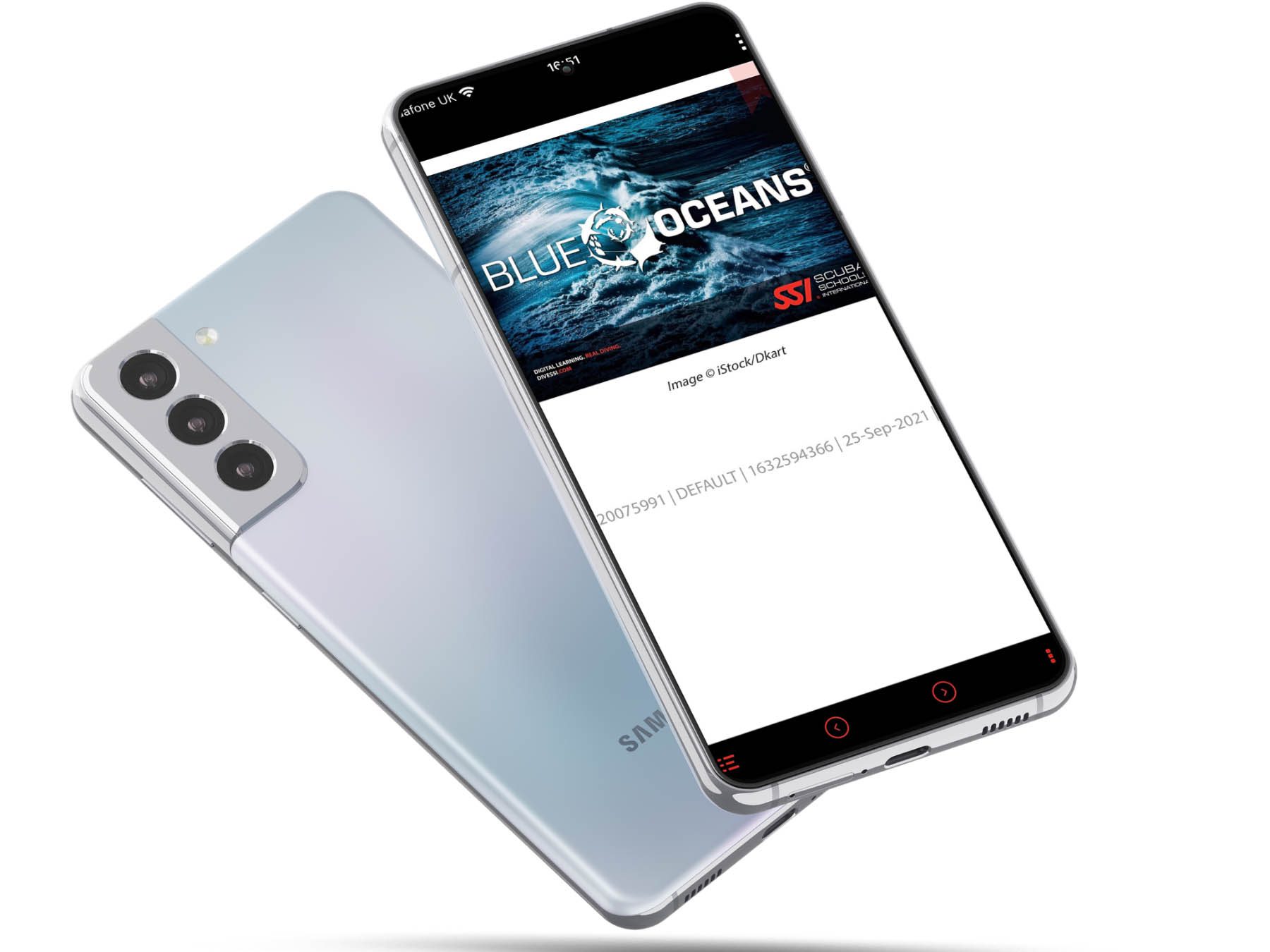
Image re-created by Ayaan Chitty from Blue Oceans by SSI. The FREE Blue Oceans programme helps you to learn more about how to help the oceans.
Finally, here’s what the ocean offers when she’s looking her best!
Hopefully you’ll agree that the marine life look much happier in their natural habitat without interference from humans. Equally, the corals look much more healthy and vibrant when they have change to thrive.
Let’s all try to do our best to keep the oceans looking in good shape for everyone to enjoy – but if nothing else, also for the sake of our planet.
Did you enjoy reading this post?
Why not share it with your friends?
Never miss an update from us!
Sign-up below and we’ll keep you updated of new posts and information about Africa.



